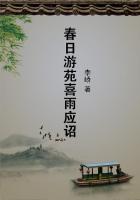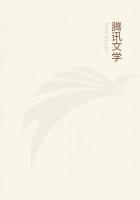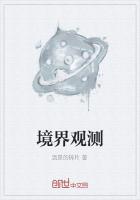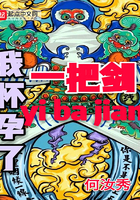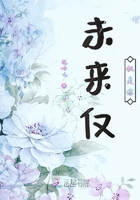Captain Clark and his men stayed with these hospitable Indians several days. The free use of wholesome food, to which he had not lately been accustomed, made Clark very ill, and he contented himself with staying in the Indian villages, of which. there were two.
These Indians called themselves Chopunnish, or Pierced Noses; this latter name is now more commonly rendered Nez Perces, the French voyageurs having given it that translation into their own tongue.
But these people, so far as known, did not pierce their noses.
After sending a man back on the trail to notify Captain Lewis of his progress, Captain Clark went on to the village of Chief Twisted-hair. Most of the women and children, though notified of the coming of the white man, were so scared by the appearance of the strangers that they fled to the woods.
The men, however, received them without fear and gave them a plentiful supply of food. They were now on one of the upper branches of the Kooskooskee River, near what is the site of Pierce City, county seat of Shoshonee County, Idaho. The Indians endeavored, by means of signs, to explain to their visitors the geography of the country beyond.
"Among others, Twisted-hair drew a chart of the river on a white elk-skin. According to this, the Kooskooskee forks [confluence of its North fork] a few miles from this place; two days toward the south is another and larger fork [confluence of Snake River], on which the Shoshonee or Snake Indians fish; five days' journey further is a large river from the northwest [that is, the Columbia itself] into which Clark's River empties; from the mouth of that river [that is, confluence of the Snake with the Columbia] to the falls is five days' journey further; on all the forks as well as on the main river great numbers of Indians reside."
On the twenty-third of September, Captain Lewis and his party having come up, the white men assembled the Indians and explained to them where they came from and what was their errand across the continent.
The Indians appeared to be entirely satisfied, and they sold their visitors as much provisions as their half-famished horses could carry.
The journal here says:--"All around the village the women are busily employed in gathering and dressing the pasheco-root, of which large quantities are heaped in piles over the plain. We now felt severely the consequence of eating heartily after our late privations.
Captain Lewis and two of the men were taken very ill last evening; to-day he could hardly sit on his horse, while others were obliged to be put on horseback, and some, from extreme weakness and pain, were forced to lie down alongside of the road for some time.
At sunset we reached the island where the hunters had been left on the 22d. They had been unsuccessful, having killed only two deer since that time, and two of them were very sick.
A little below this island is a larger one on which we camped, and administered Rush's pills to the sick."
The illness of the party continued for several days, and not much progress was made down-stream. Having camped, on the twenty-seventh of September, in the Kooskooskee River, at a place where plenty of good timber was found, preparations for building five canoes were begun.
From this time to the fifth of October, all the men capable of labor were employed in preparing the canoes. The health of the party gradually recruited, though they still suffered severely from want of food; and, as the hunters had but little success in procuring game, they were obliged on the second to kill one of their horses.
Indians from different quarters frequently visited them, but all that could be obtained from them was a little fish and some dried roots.
This diet was not only unnutritious, but in many cases it caused dysentery and nausea.


